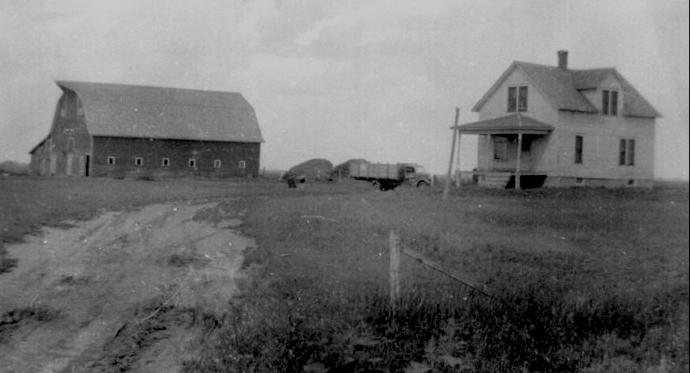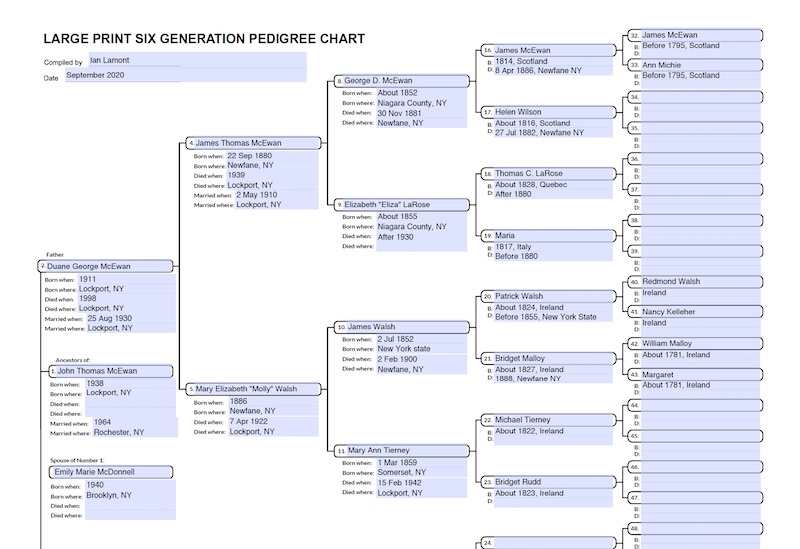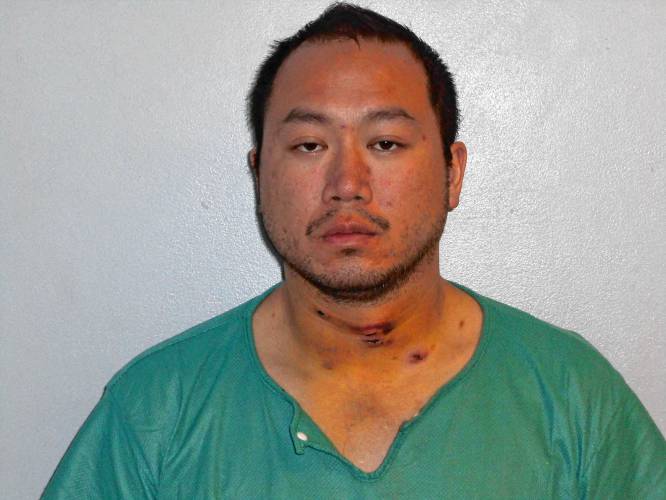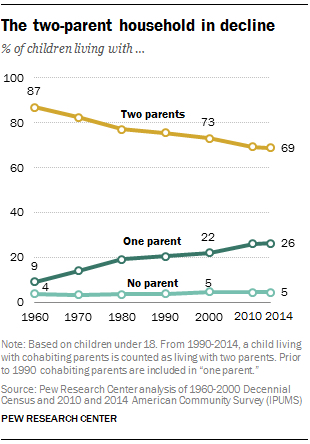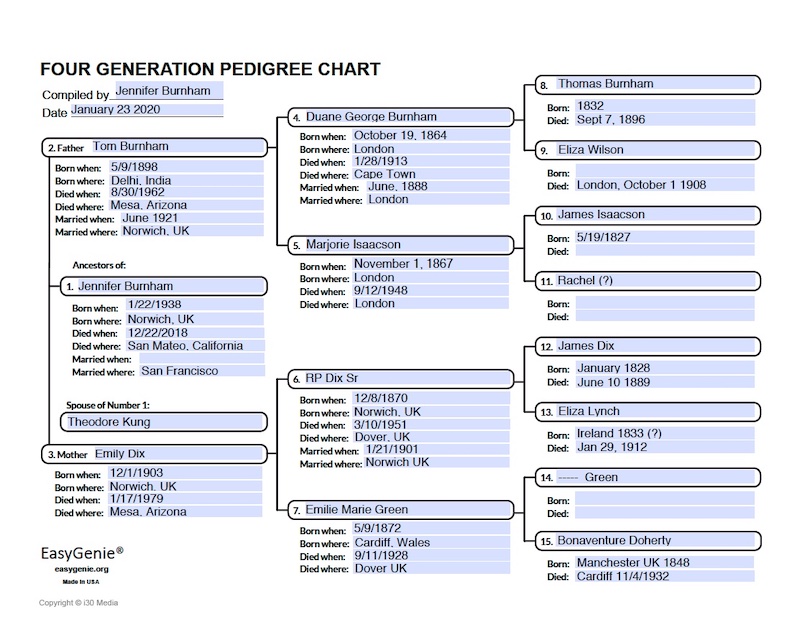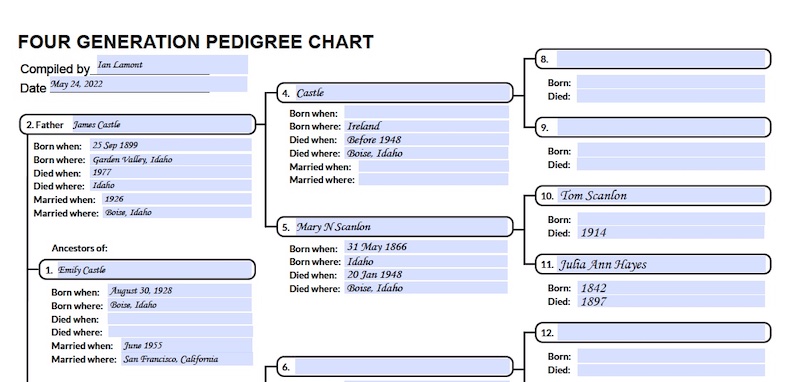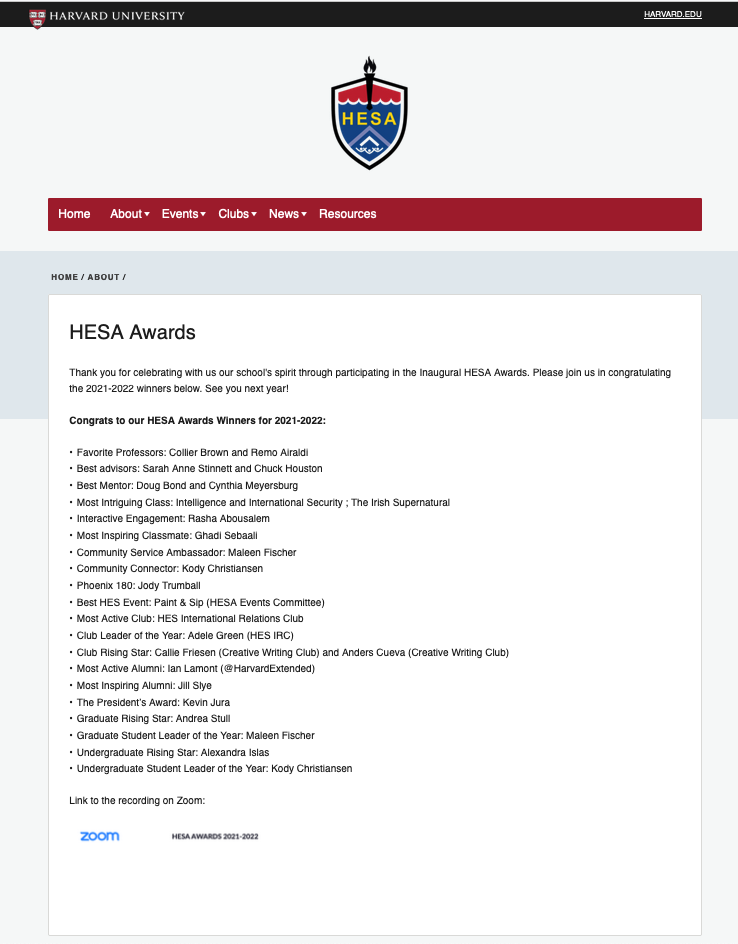(Updated) Neighbors For a Better Newtonville (NBN) announced on June 3 it is suing the City of Newton over the proposed Newton Senior Center on Walnut Street. There’s a lot to unpack. Here’s the documentation that NBN prepared. Here’s the press release:

A couple things stood out to me, such as insufficient parking. NBN states that the city’s proposal:
Has 31 parking spaces when it needs 97 according to the feasibility study and 210 according to the zoning guidelines
The report by the traffic engineer hired to assess the Newton Senior Center lays out the usage challenges (peak demand depending on the program schedules, staff needs, etc.) but concludes with a hand-wavy solution around NewMo picking up the slack, seniors carpooling, or people walking from the Austin Street lot or street parking on Walnut Street.
As someone who regularly drives Newton seniors to appointments and hears a lot about seniors’ concerns about traffic (Auburndale was recently put through the ringer by city planners and southside ward councilors over the unsafe removal of the traffic light at Ash Street and Commonwealth Ave) this is wishful thinking at best, and dangerous at worst.
For instance, parking on Walnut Street has become more treacherous since the street was narrowed, with less visibility and reduced reaction time for drivers when people cross Walnut street or open car doors. I know this because my small business has dropoffs every week at the UPS store. It’s dangerous as a driver, and it’s dangerous for anyone who needs to step into the street. As noted in the NBN release, the city’s proposal:
Requires seniors with canes and walkers, who are not dropped off or able to park on-site, to walk a block or more from the Austin Street parking lot or nearby streets, to access activities.
NBN is absolutely right on this point. Carpooling or the NewMo car ride app is not a magic solution for seniors who can’t walk far, or who worry about COVID, or have trouble downloading, using, and updating an app.
Newtonville residents are clearly concerned about the Newton Senior Center plans. Quoting from Newton City Councilor Tarik Lucas (Ward 2, representing Newtonville) in his February 25 newsletter:
In December 2021 Neighbors for Better Newtonville (NBN) led a petition drive to collect signatures of Newton residents who would like to see the site landmarked. Last month they collected over 500 signatures and issued a press release which you can read here. As a result, on January 28th I co-nominated the Senior Center site for local historic landmarking. I was joined by Ward 3 Councilor Julia Malakie, the Chair of the Newton Historic Commission Peter Dimond, Newton Historic Commissioners Amanda Stauffer Park, and Mark Armstrong.
This approach failed, as evidenced by the lawsuit.
Newton’s northside residents ignored by Mayor Fuller
Another things that’s clear from reading the NBN press release and other materials prepared by the Newtonville residents: They clearly feel misled and let down by the Fuller administration. Local people were promised the building would be preserved, and now they’re being told that’s it’s not going to happen.
Should anyone be surprised? In Newton’s northside villages, including Newtonville, The Lake, West Newton, Auburndale, and Newton Corner, residents are regularly promised something and hear soothing words that the mayor is listening. At the end of the day, their concerns are ignored, the promises are broken, and the planning department and luxury developers end up getting what they want.
We saw it with Riverside in Auburndale (with developers ripping up an agreement 3 times in order to realize their demands). Mayor Ruthanne Fuller’s response? She doesn’t want to “push a developer away” so projects “become uneconomic.” Then there was Mayor Fuller’s farce of “listening” to local concerns about developing Washington Street which ended up with a plan that seems tailor made for Robert Korff and Mark Development.
Newtonville has been especially impacted by large building projects that line the pockets of developers, despite the concerns from local residents. Consider the 99-year lease granted to 28 Austin Street developers Dinosaur Capital for just $1,050,000. Or Mark Development’s luxury Trio development on Washington Street, which had visible cracks under the sidewalk overhang and pieces of building material peeling off the structure less than a year after opening (See Substandard “luxury” housing construction, from New York to Newton).
What will happen with the Senior Center? It obviously needs to be modernized and made more accessible, and many seniors support a completely new design. NBN’s leadership acknowledges that the current facility is outdated and insufficient:
“The petition asks only to preserve the historic exterior,” said Fred Arnstein, president of NBN, in a letter. “Within and beyond that exterior, we agree that the city needs an updated facility to better serve our senior population.”
I don’t know if the lawsuit will be successful, but it will force the city to pay attention.
UPDATE 6/7/2022: Someone pointed me to former Newton City Councilor and mayoral candidate Amy Sangiolo’s newsletter from this morning, which notes the multiple public construction projects in the city of Newton currently being handled by NV5:
NV5 was recently selected as the Owner’s Project Manager, OPM, for the Horace Mann Elementary School project by the Designer Selection Committee and the Mayor. According to this announcement from Building Commissioner, Josh Morse, “NV5 has a tremendous amount of experience managing school projects throughout the state, but they also have ample Newton experience as the OPM for Angier, Zervas, Cabot, and the project to replace the Newton Senior Center. They have worked with our project design firm, Raymond Design Associates, RDA, on several projects, and they’ve helped manage many occupied addition and renovation school projects.”
UPDATE 6/12/2022: Rightsize Newton asks in its newsletter, “Why does the Mayor claim to support historic preservation but oppose any attempt at landmarking the building?”. RSN goes on to note:
On Monday, May 13, Peter Dimond, Chair of the Newton Historical Commission, received a call from Barney Heath, Director of Planning & Development. Peter was informed that his term on the NHC had expired the previous Friday and the Mayor had decided not to reappoint him. In short, Peter Dimond was no longer a member of the NHC.
A few months earlier, Jennifer Bentley was informed by the mayor that she would not be reappointed to the NHC when her term was up in May.
Why would Mayor Fuller “clean house” at the NHC?
Peter Dimond has a theory.
A few weeks ago he wrote to his former colleagues on the NHC the following:

The mayor pretending to “listen” to experts and passionate residents about issues that are important to them, then turning right around and dismissing those views (or dismissing the experts) should come as no surprise.
The mayor, a Chestnut Hill resident, has been hammered for years by complaints that she doesn’t listen, particularly from residents of northside villages disproportionately affected by development plans, including Newton Corner, the Lake, Newtonville, West Newton, and Auburndale. For instance, she was put on the defensive on this point in the past, as the Newton Tab reported in 2019:
“We are listening,” Newton Mayor Ruthanne Fuller said in response to questions about whether the community’s feedback will be taken seriously. “We all care desperately about Newton. We care about this site. I, too, want the right size here,” referring to the green “RightSize Riverside” stickers distributed by the Lower Falls Improvement Association’s Riverside Committee.
I’ve also criticized the mayor on this blog for putting on a charade of listening and then doing pretty much what she, her consultants, and luxury housing developers seek to have built:
Another side of this trend is the tactics used by some of our own elected officials and the city planning department to steamroll opposition and discussion. A few years back, it was holding neighborhood feedback sessions (“Hello Washington Street“) in which the mayor, planning department officials, and highly paid consultants made a big show of listening to local residents in West Newton and Newtonville about the plans. After the sessions were over, they promptly turned around proceeded to ram through the high-density plan that they and big developers wanted all along.
Then there’s the issue of the Fuller administration not even bothering with “stakeholder input,” as local businesses in West Newton and Newtonville discovered last fall when hundreds of parking spaces along Washington Street suddenly disappeared to make way for bike lanes.
